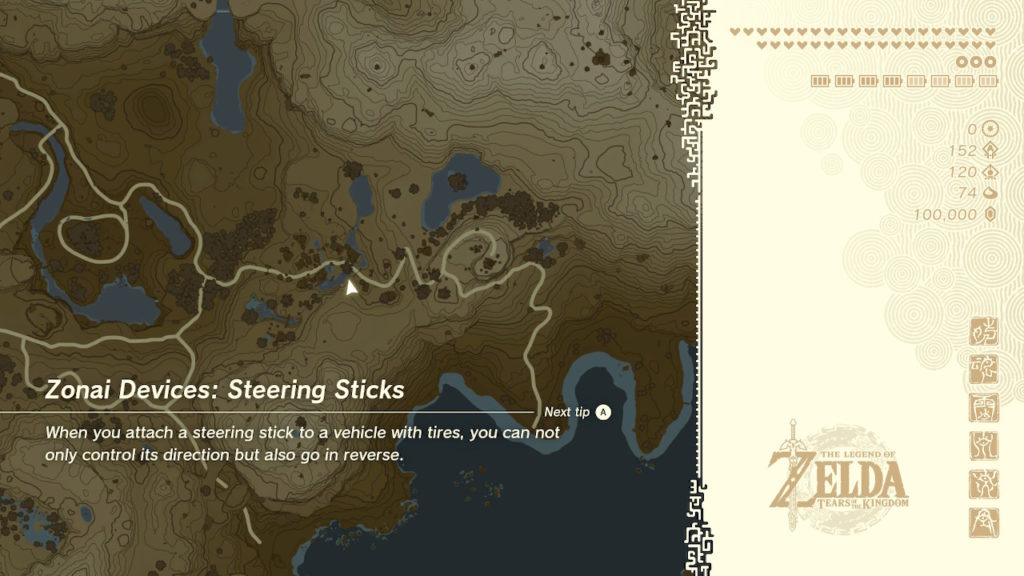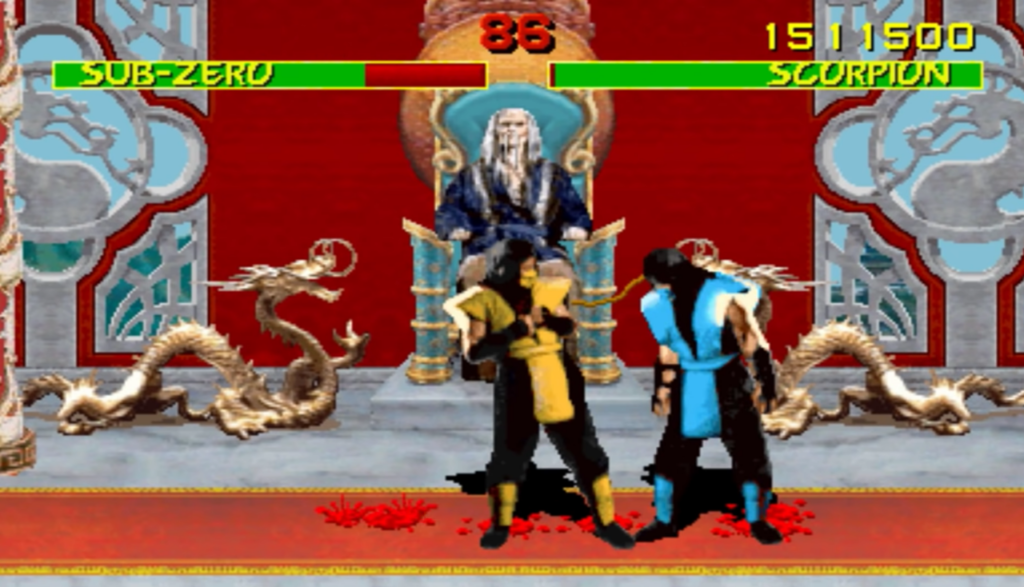In a 12-minute video on Youtube, the channel Almost Something discusses Nintendo’s lawsuit against Blockbuster Video over photocopying game manuals. First off, here it is:
The lawsuit was really about Nintendo trying to stamp out the game rental business in the US, which they were largely successful at in Japan. Cartridge manufacturers were genuinely frightened of rentals cutting into their profits, and resorted to measures like increasing the difficulty of games in the US market to prevent players from completing games on a single rental and losing out on sales. Howard Lincoln of Nintendo of America called game rental “…nothing less than commercial rape.” While the Software Publishers Alliance (SPA) managed to get legislation passed that outlawed the rental of computer software, video games were separately defined and rental allowed to continue.
They sought out any legal means they could to make game rentals less attractive. Manuals were one way to do this. While rental stores couldn’t easily copy the games in order rent our more copies, it was fairly easy to make a good-enough reproduction of a manual using a copy machine. Nintendo sued Blockbuster over the practice, which was eventually settled out of court, but Blockbuster sent a letter to the four stores they had who were accused of the practice telling them to stop.
If you were around at that time, you might remember that for a time rented games would sometimes come with their own small makeshift manuals, sometimes taking the form of an adhesive sheet stuck to the plastic case. It seems these were a small industry that saw the lack of durable instructions provided with games as a little economic niche they could take advantage of.
The lack of manuals supplied with games may have been the reason for a weird quirk on one of Nintendo’s games. The game Startropics has one infamous place where the game asks the player to enter a code from materials supplied with the game. There was a sheet of paper that came with boxed retail copies of the game, an Infocom-style “feelie,” that if soaked in water revealed a code (747) that had to be entered into the game at one point to continue. The code wasn’t revealed anywhere in the game, so players without the sheet couldn’t progress.

Interestingly, while the WiiU Virtual Console version of Startropics has an online manual that reveals the code, the Switch online version has no manual, and leaves players stranded there unless they look up the answer online.


